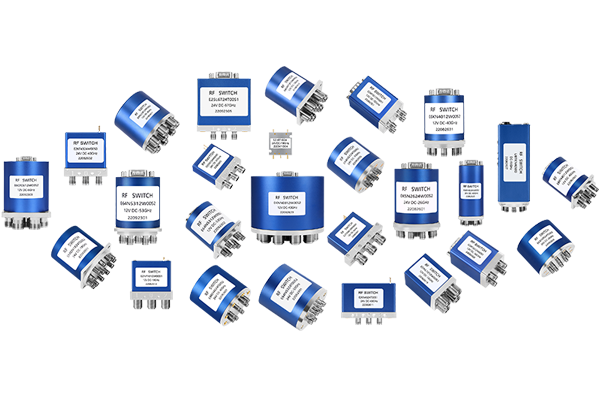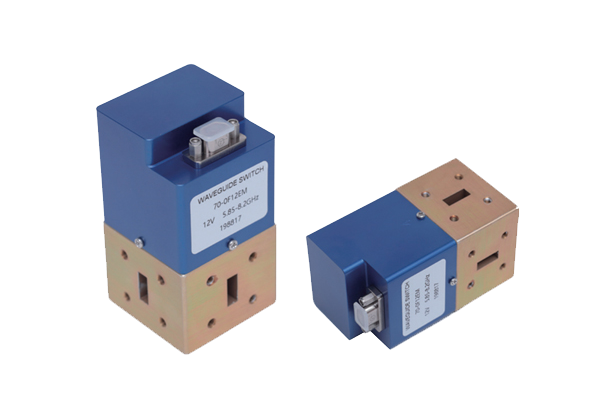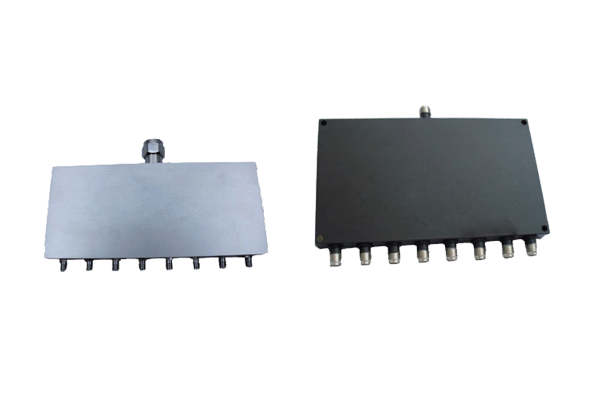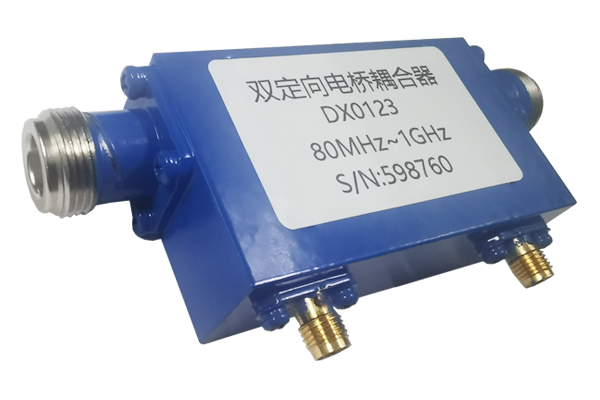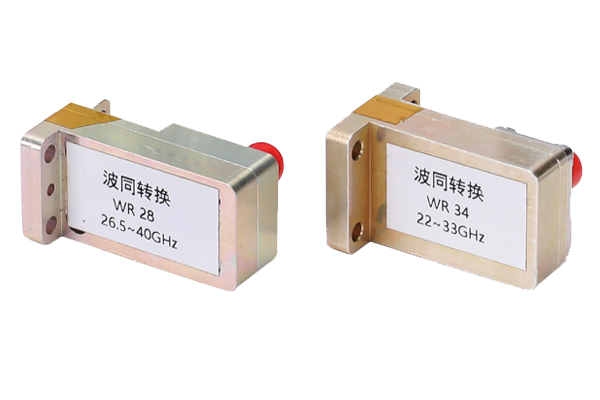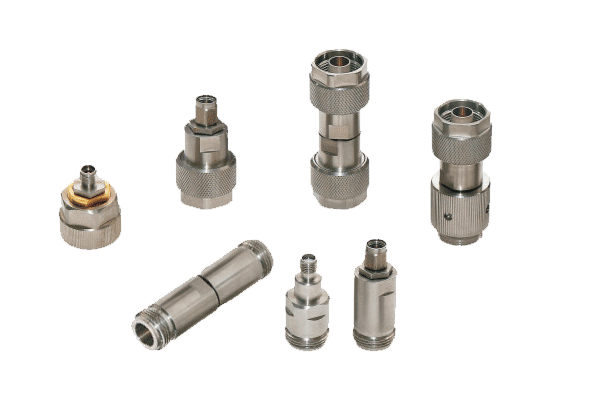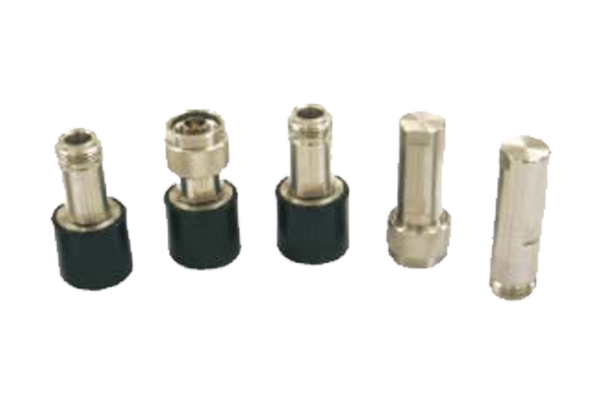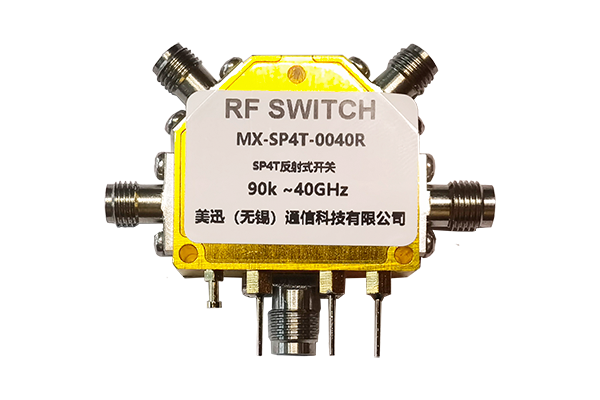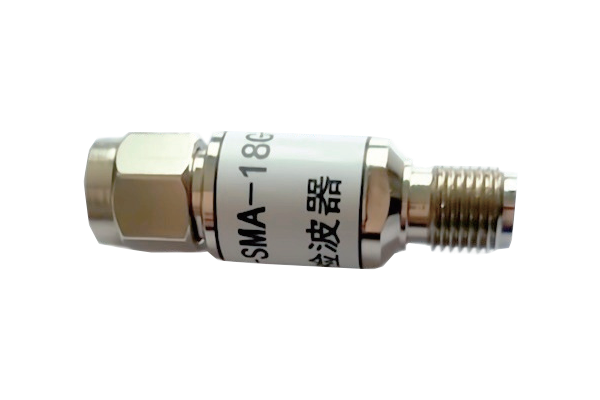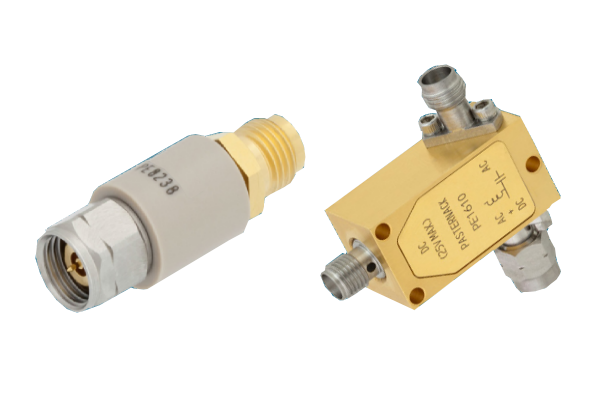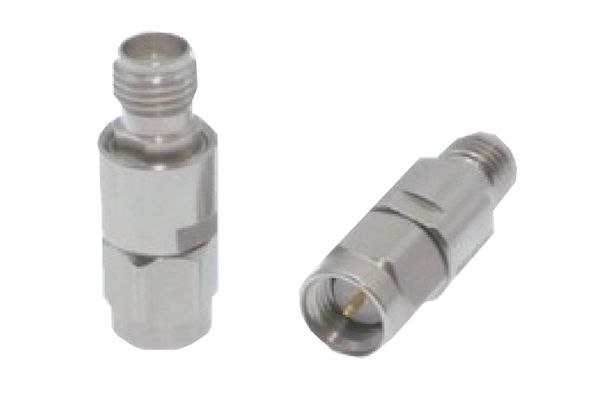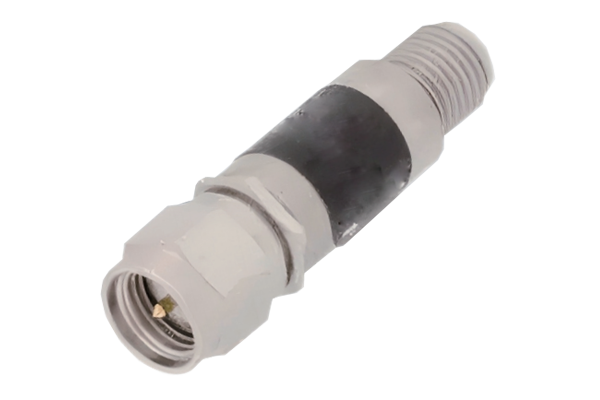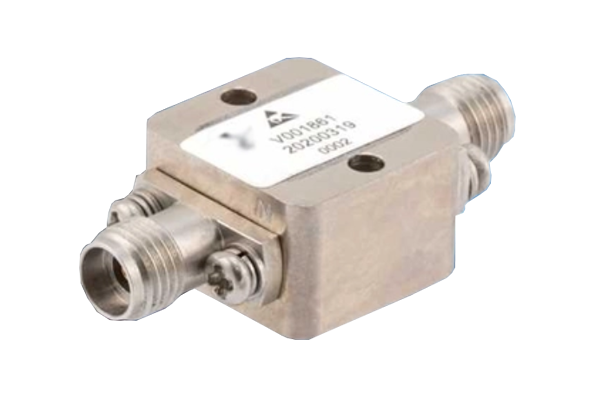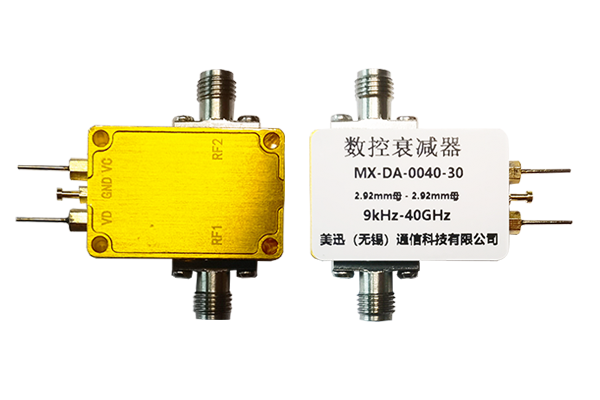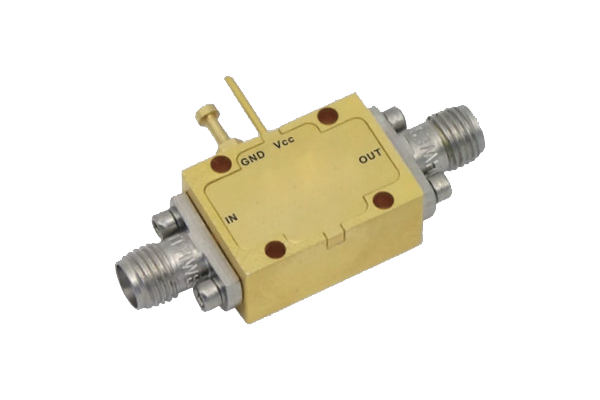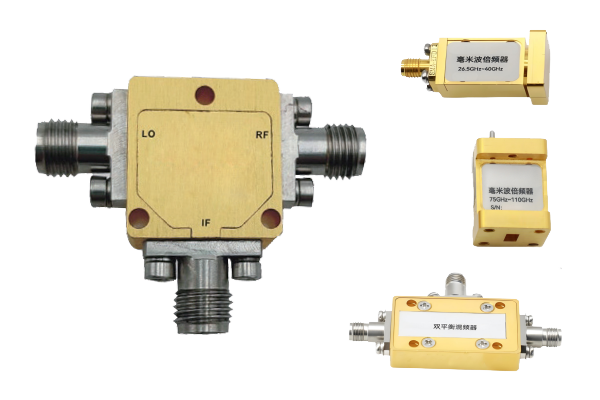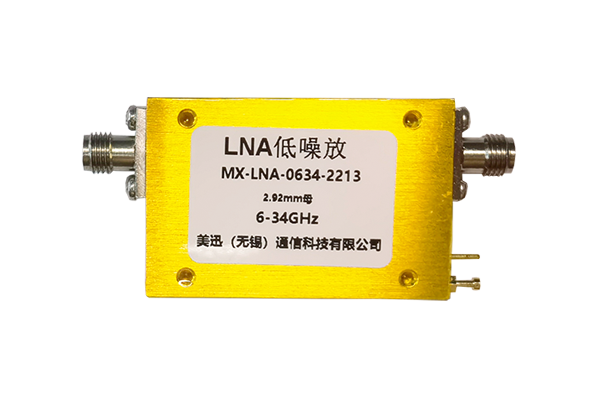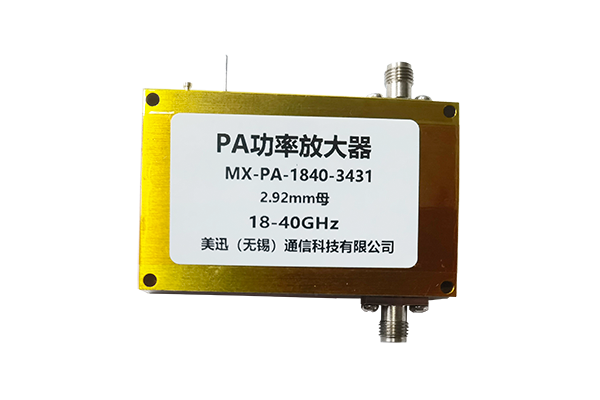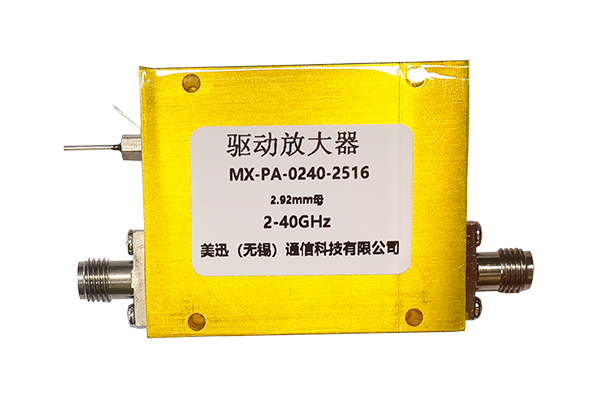Is the linearity performance of the pin diode switch good
PIN Diode Switch Linearity Performance
The linearity performance of PIN diode switches depends on bias conditions, frequency range, power level, and device design.
Low-Power Applications
Power Range: Below 10 mW
IP3: 30-40 dBm
Behavior: Resistive with constant dynamic resistance
- Good linearity in forward-biased "on" state
- Low intermodulation distortion (IMD) for small signals
- Ideal for receivers and low-power transmitters
High-Power Limitations
Power Range: High power applications
IP3: Drops to 10-20 dBm
Issues: Voltage-dependent resistance, leakage currents
- Forward resistance becomes nonlinear
- Reverse-biased state shows leakage-induced distortion
- Not ideal for wideband communications or radar systems
Design and Frequency Considerations
- Schottky-barrier PIN diodes offer improved linearity
- Parasitic effects worsen above 10 GHz
- Temperature variations affect carrier mobility
| Switch Type | Typical IP3 | Best Applications |
|---|---|---|
| PIN Diode | 10-40 dBm | Moderate-linearity, cost-sensitive |
| FET-based | >50 dBm | High-linearity analog processing |
| MEMS | >50 dBm | High-fidelity communications |



